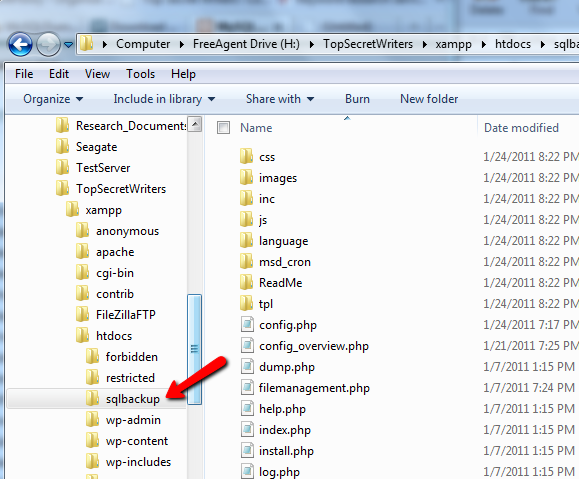

Just type in the query in the text editor as usual and click “Run all.” The table underneath will then reflect the result for each query separately.Ĭhanging data in any cell is easy with SQLPro Studio. SQLPro Studio also gives you the option to perform multiple queries (even if contradictory) at once and splits the view of your database to show you the results.

The table below would then respond to your function accordingly. Once you connect to your database of choice, you can type your custom query right in the editor and click “Run all” in the top-right corner to perform it. Or, just to see how the system works, you can select one of the Sample Connections first.
#Sqlpro studio tutorial plus#
Select the plus icon in the top left and choose the type of the database you’d like to connect. When you are ready to work on a project, just launch SQLPro Studio and click Connect in the top-left corner.
#Sqlpro studio tutorial how to#
Sounds unreal? Well, here’s how to get databases to work for you. Naturally, there is a better way, and it’s called SQLPro Studio - a database management system that will combine all your previous data stack into one straightforward app. Most database management systems only support one or a few, so you end up using multiple database managers, which defeats their purpose in the first place. There is a better way to create and share diagrams of existing databases - Dataedo.If you often need to work with multiple database types, you know the pain. Unable to show relationships that are not defined in as foreign key constraints.In already tool that is used by DBAs and developers.Schema changes are automatically reflected on the diagram.Ability to add multiple diagrams into a database.To open a diagram, double click it or right click on it and choose Modify option.
#Sqlpro studio tutorial software#
You can now paste it into graphic software or into a document.Īll the diagrams saved in the database are visible under Database Diagrams folder. To convert it to the image, right click on the diagram pane and choose Copy Diagram to Clipboard. Management Studio enables you to export diagram to image. You will be prompted with the diagram name. To save diagram go to File -> Save Diagram_0 (this is default name for first diagram) or close the editor. You can save your diagram in the database (it will be saved in the dbo.sysdiagrams table you created earlier). This will always be visible and export with your diagram. This will create a blank text field where you can provide your notes and comments. To add the annotation right click on the pane and choose New Text Annotation. One useful option is the ability to add annotations to your diagram. To add labels right click on diagram pane and choose Show Relationship Labels. Nothing particularly useful, if you ask me. This is always a name of the foreign key constraint. SSMS enables you to add labels to the relationships. To do it, right click on the table and choose Add Related Tables. You can automatically add all the tables related to a particular table (with a foreign key relationship) to the diagram. SSMS editor comes with one useful function. You can also create your custom view, where you can choose which column attributes you want to include.Īfter small updated my diagram looks like below: This option will include only columns that are part of a primary, unique or foreign key. This option will include basic column attributes. This option shows column names and primary key only.

Right click on the table and choose one of the options in Table View. You can also decide how to display the tables. If you are not happy with the result, you can drag & drop them for better alignment. Select all tables (Ctrl + A), right click on one of them and click Autosize Selected Tables. SSMS has a very useful function - Autosize. This will create a diagram with the tables columns, primary keys, and relationships that were read from the schema.įor now you have diagram with all the tables but it might not look like the way you want it. Just right click on diagram pane and choose Add Table. When you add all required tables click Close button. To add the tables to the diagram select them (use Control or Shift keys to select multiple at once) and click Add button or double click on them. If the above message appears, you need to right click on Database Diagrams folder again and choose New Database Diagram option.Ī window will appear with list of all the tables in your database.

This will create following system procedures in your database: SSMS requires some system procedures and a table that are not created with the database. If you crate diagram for the first time you may get the following message:


 0 kommentar(er)
0 kommentar(er)
